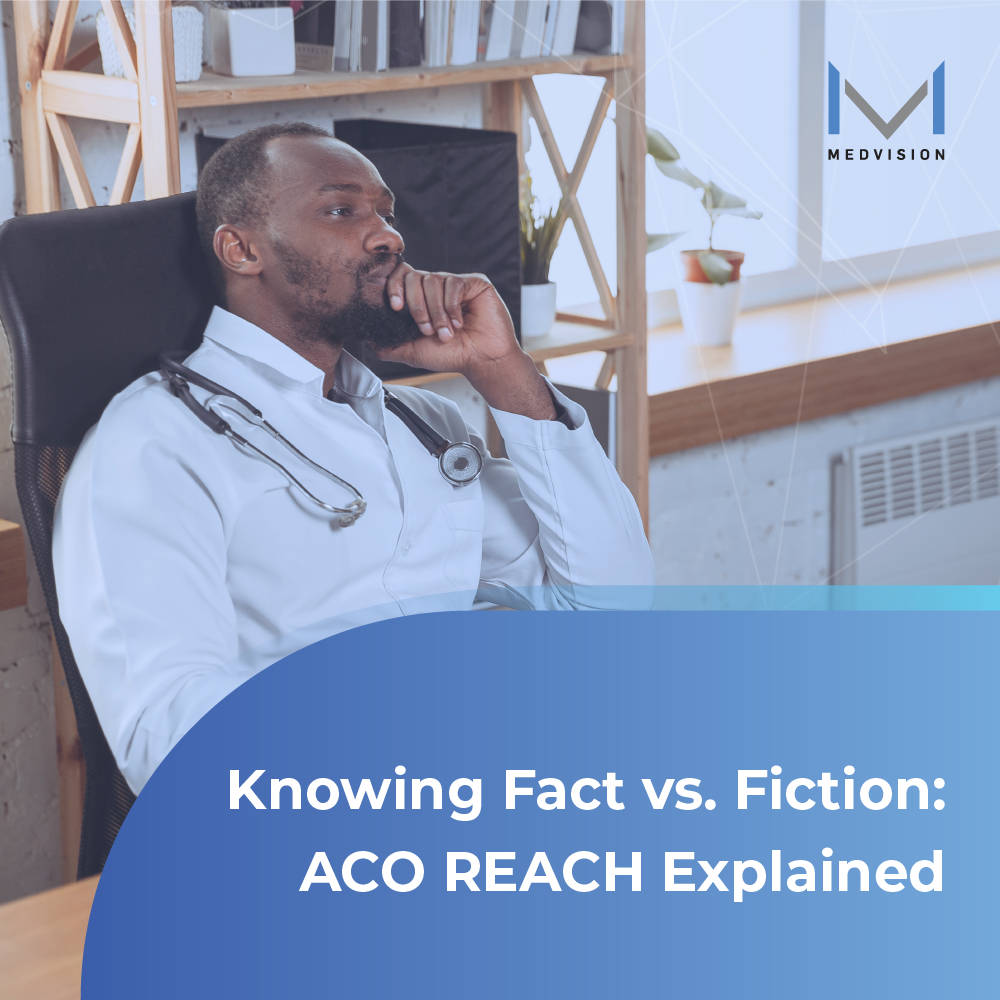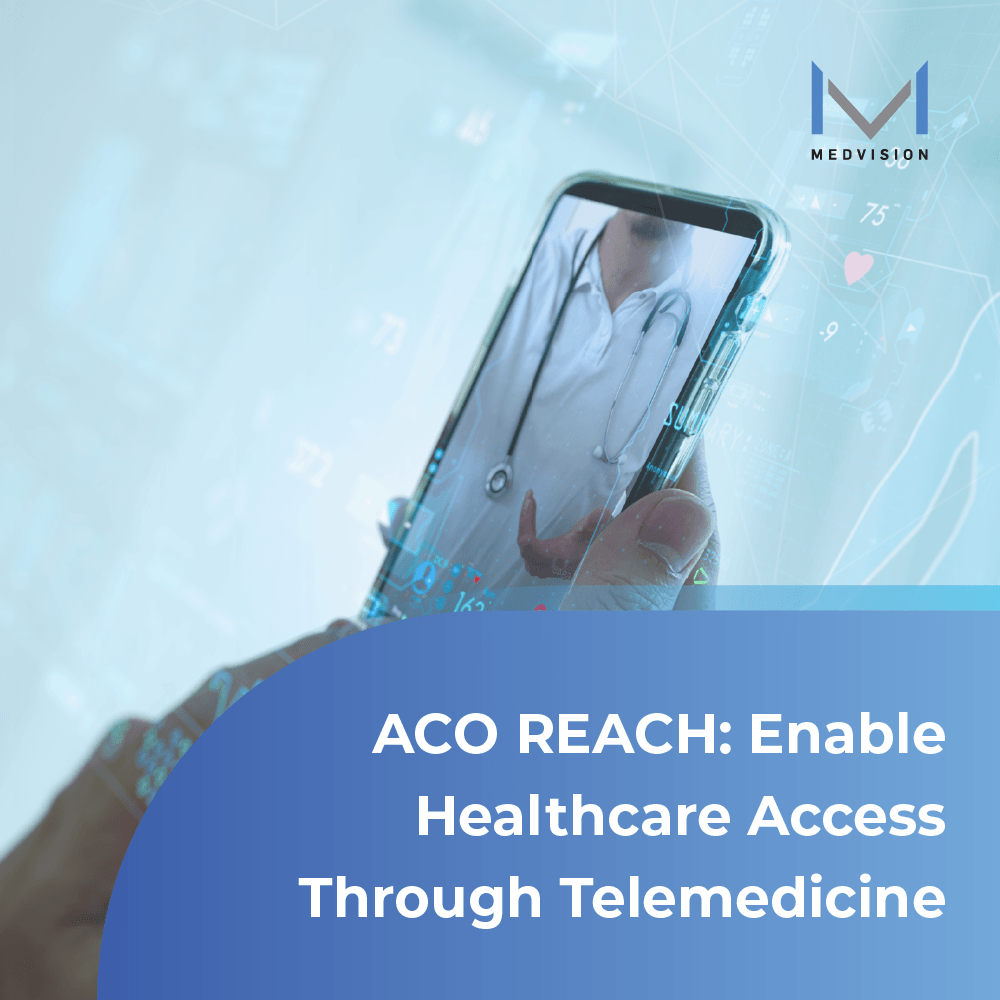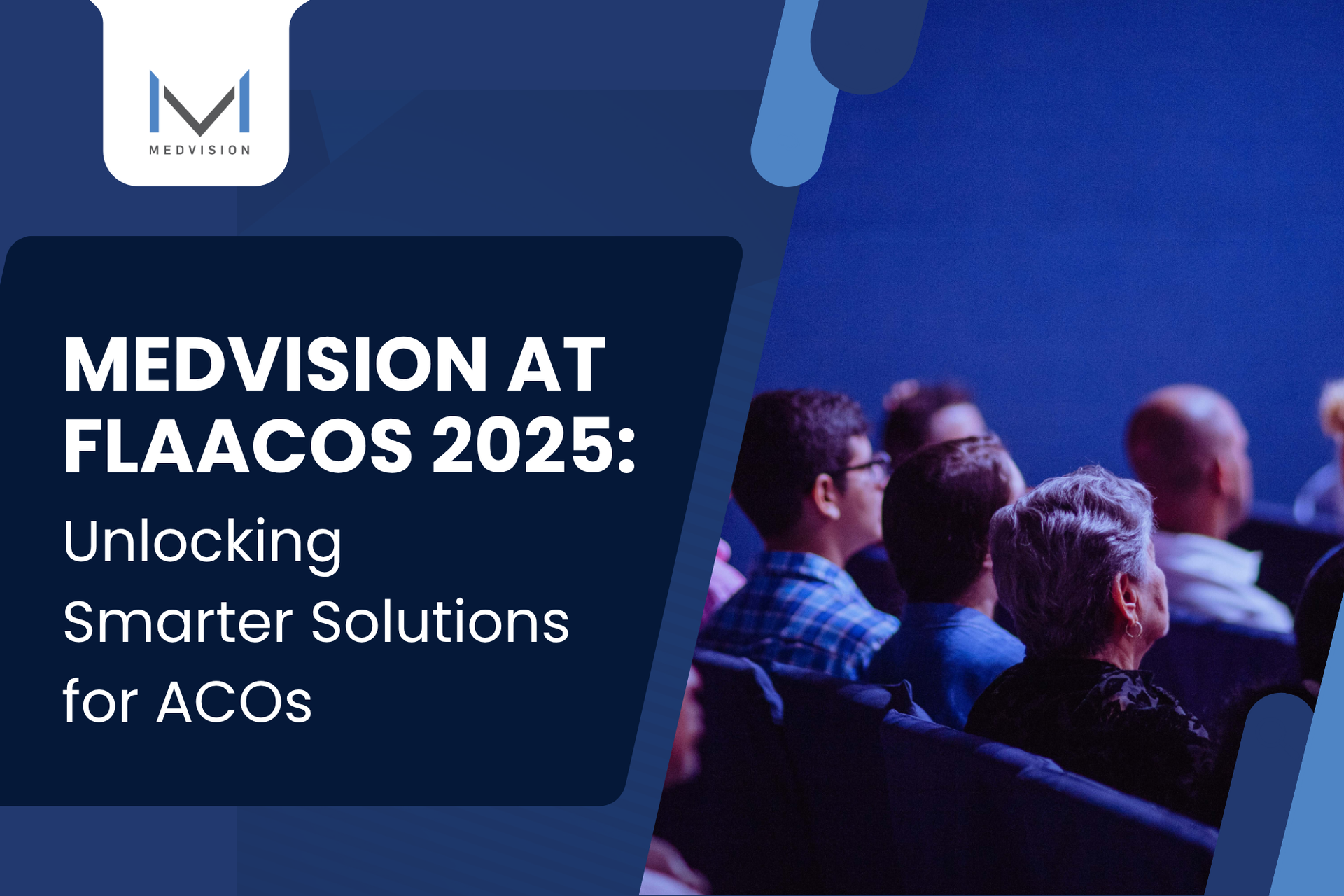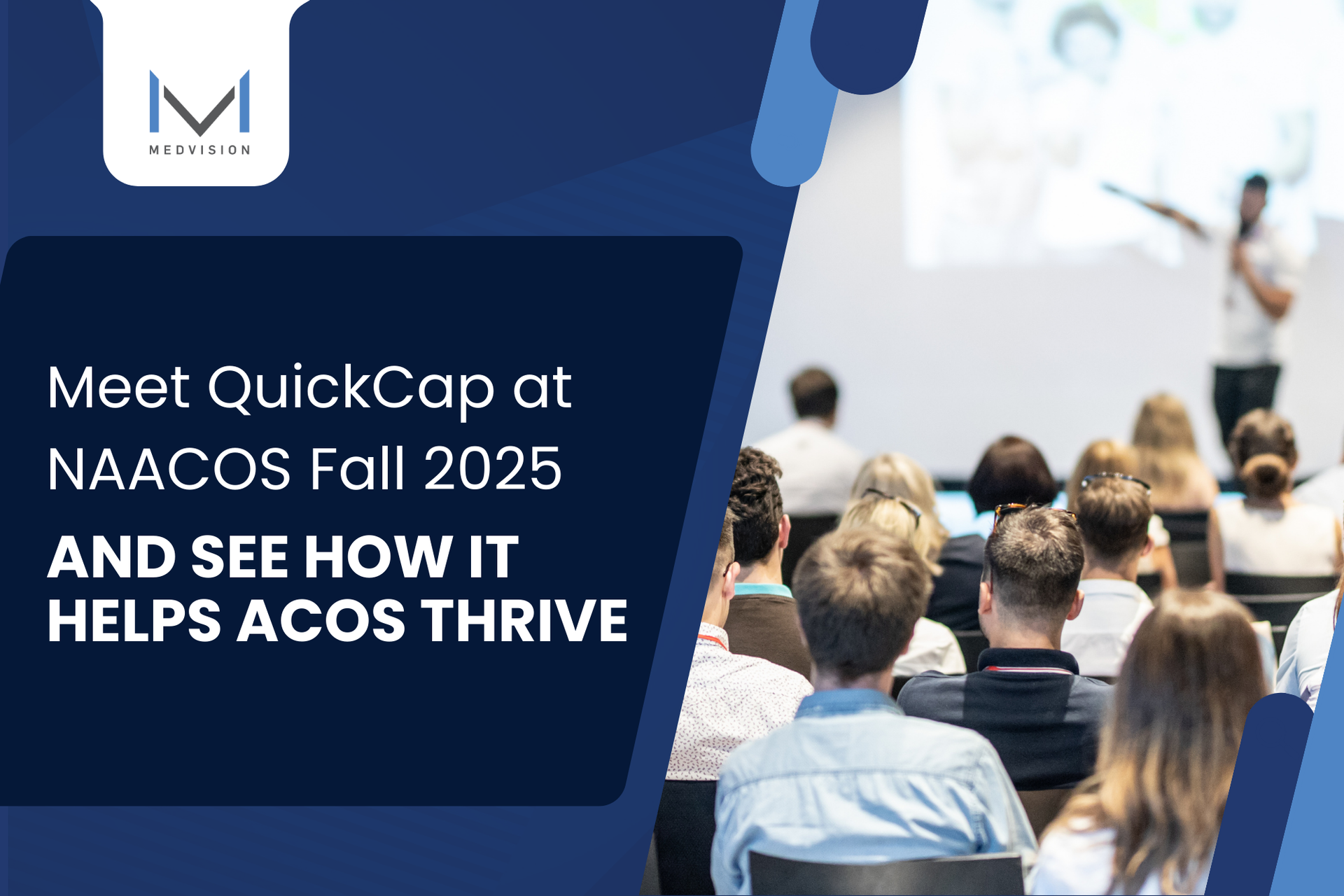Turn Challenges into Opportunities with Direct Contracting
The direct contracting
model is one of the latest healthcare programs from the Centers for Medicare & Medicaid Services (CMS). Evolving the elements of legacy shared-saving principles of other programs, direct contracting also inherits some of the best practices from industry players.
Direct contracting is the next logical step in risk management after the introduction of NextGen ACOs and is the highest risk-sharing program so far from CMS. The direct contracting model is structured to lighten administrative workflows for providers by allowing them to contract directly with CMS.
Understanding the DCE Direct Contracting Entities
DCEs, or Direct Contracting Entities, are networked healthcare organizations incentivized to provide improved quality healthcare at reduced costs for necessary resource utilization. Direct contracting allows providers and risk-bearing entities like DCEs to receive monthly capitation payments for patient care.
The DCE model is the next-generation healthcare organization patterned after the advantages of the Medicare
Accountable Care Organization (ACO) programs. Based on previous versions of the ACO framework, DCEs are structured to offer alternative payment methods without sacrificing quality healthcare or fiscal savings while also providing value-based care coordination.1
The direct contracting model is designed to function from 2021 to 2025, with 53 DCEs selected by the Center for Medicare and Medicaid Innovation (CMMI) into Standard and New Entrant DCE categories. Direct contracting introduces healthy industry competition by incentivizing providers to attract and contend for the loyalty of beneficiaries while creating national provider pooling and rating.
Direct Contracting and Its Potential Complications For DCEs
Direct contracting creates an urgent need for better enterprise
data analytics. The high-risk stakes of the direct contracting program punctuate the importance of having precise information for confident and pivotal decision-making. While there are clear advantages to direct contracting, there are also some concerns that must be addressed, specifically the following:
Complicated Approach
With multiple participation options, distinct benchmarking methodologies, and performance parameters, direct contracting is more complicated than the previous programs. Challenges include eligibility determination, claims processing, customer service, provider payments, and other back-end administrative functions. The strategic complexity of multiple benchmarking technologies can draw up possible challenges for organizations.
Data Accuracy
Accurate performance forecasting that is essential to the overall efficiency of DCEs can pose difficulties due to data processing complications, including eligibility determination, provider payments, and other back-end administrative functions. DCEs need to be able to analyze and understand their past performance in comparison to competitors and benchmarks. From these informational sources, organizations can confidently decide and participate in future performance projections.
Segmental Technology
Care coordination and clinical workflow management are often in the hands of electronic health records (EHR) and customer relationship management (CRM) tools. Organizations have spent small fortunes to access multiple applications that cause more delays from mismanaged data and reports. Most often, these expensive healthcare solutions end up being segmental software that is not inter-operational and multi-disciplinary.
Finding the Right Opportunities with Direct Contracting
Direct contracting promotes patient-centered engagement from a leaner organizational structure that is focused on leadership based on data capacity for quality clinical care. With DCEs leading the path, risk-sharing arrangements are transformed into capitation payments based on the healthcare population instead of the traditional fee-for-service (FFS).
Increase Choices for Better Services
Beneficiaries are also empowered through voluntary alignment and possible benefit enhancements by engaging more in their care delivery selections. On the other hand, the burden on the providers is reduced through a smaller set of core quality standards and measures that can effectively boost healthcare coordination needs.
Strategize with Data Analytics
DCEs can benefit from finding the right mix of quality risk management solutions and risk adjustment measures for a better patient care experience.
Data analytics and data-centric reports elicit a strong patient care experience and medical management, increasing the merits of value-based healthcare services.
Profitability projections based on updated claims processing and claims adjudication serve as a strong guide for the overall efficiency of any healthcare organization.
Streamline with Integrated Technology
Healthcare solutions that offer interoperable multi-disciplinary functions, such as streamlined contracting, updated case management, and automated claims adjudication, greatly benefit DCEs. Encouraged by insightful data accuracy all throughout the claims process cycle, DCEs can better focus on quality healthcare provision due to cross-departmental care coordination from intuitive AI-based technologies.
Realize Direct Contracting Care Coordination Goals through Technology
Without a streamlined workflow, DCEs will find it difficult to provide their intended quality healthcare services to their target population. DCEs need to spend less time from screen to screen and focus more on realizing quality healthcare outcomes based on vital data reports and analytics.
Analytics and reports from an organization’s entire claim processing cycle will always play crucial roles in the overall productivity of DCEs. Figures and numbers are prominent roles in medical outcomes, augmented post-care and rehabilitation, as well as the economic viability and sustainability of DCEs. DCE-OS is
MedVision’s qualitative application that encompasses the entire quantitative healthcare process interdepartmentally. DCE-OS is configured as a cutting-edge turnkey application for DCEs to start seamless healthcare operations in as little as 30 days or even less.
Focusing on accuracy and speed, DCE-OS produces up-to-date reports that span the whole claims lifecycle, with additional internal data to gauge operational efficiency and profitability. Centralized DCE-OS systems like this allow quick data retrieval for contracting, case management, referral and claims administration, and timely interdepartmental communication.
helps you figure out the complexities of your direct contracting operations through simple and powerful modules that flow seamlessly. DCEs can start focusing on effective healthcare service delivery instead of intricate administrative tasks that can cause delays.
February 17, 2023
The new healthcare model has received heavy criticism since the news of its release. Address inaccuracies by comparing fact vs. fiction of ACO REACH.
January 13, 2023
With the expected implementation period coming, an ACO REACH model summary can help identify factors that can aid its success.
December 30, 2022
ACO REACH can be an avenue for patients to have healthcare access and the ability to see specialists from the comfort of their own homes.














